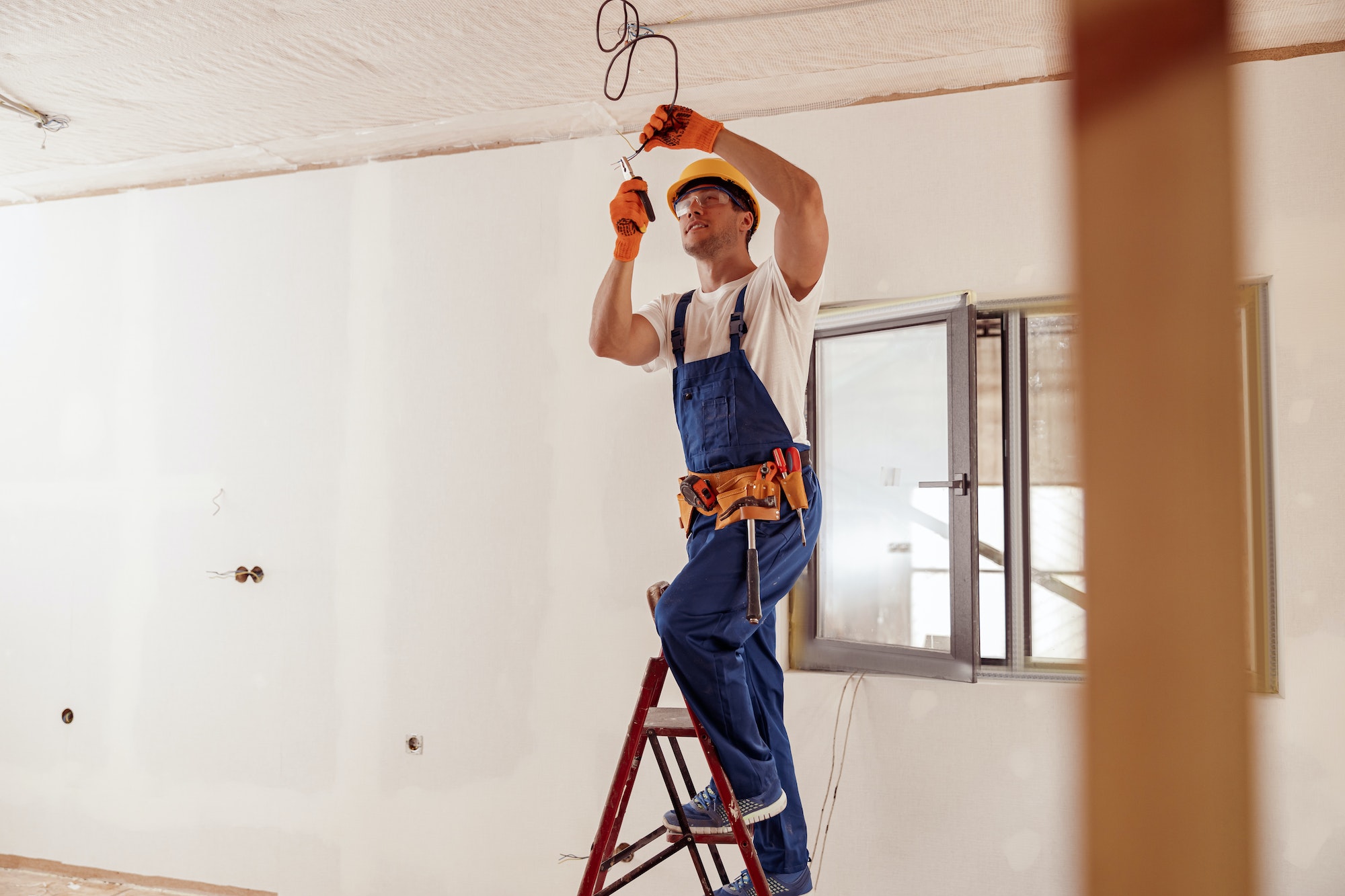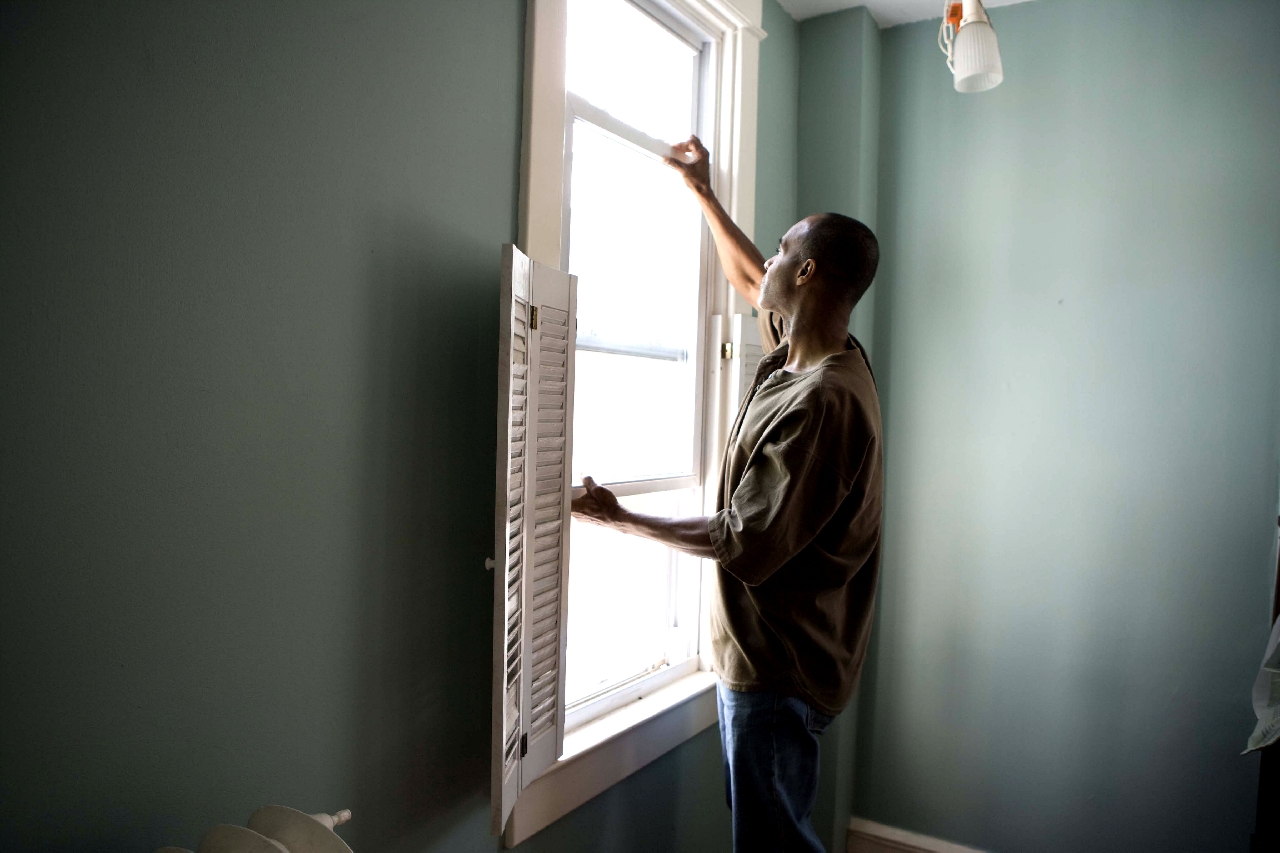An electrical inspection is a task carried out by an electrician to assess the safety of an electrical installation. The inspection is usually required by law when a property is just about to be sold or rented and can also be carried out at a homeowner’s request.
The inspection involves visually checking the property’s electrical installation and testing the circuits and equipment. The electrician will check for any signs of damage, wear or tear and test the electrical circuits to ensure they are functioning correctly. Here are ways to ensure your new home passes an electrical inspection.
Understand The Set Codes and Standards
Check with your local authority to determine electrical installation codes and standards. For instance, when doing electrical repairs in Lansdale, PA, know the requirements before starting any work. Are their permits, licenses, and inspections required?
The answer is yes. Once you know the requirements, get the right permits and licenses. To make the work easier, consult a licensed and experienced electrician who understands the local codes. They will help you comply and get the job done right.
Ensure The Wiring Is Up To Code
The next thing to do is ensure that the wiring is up to code. It includes the main service panel, branch circuits, and outlets. The wiring should handle the current load without overloading the circuits. If the wiring is not up to code, it needs replacing.
Current codes demand that all 15- and 20-ampere receptacles in homes have tamper-resistant outlets installed. They have a little shutter that covers the opening and only opens when a plug is inserted. It prevents shock and fire hazards.
Check For Grounding and Bonding
An electrician can check for grounding and bonding. This is to ensure that the electrical system is properly grounded. The grounding system protects against electrical shock by providing a path for electricity to flow in case of a short circuit. The bonding system ensures that all metal parts are connected to conduct electricity safely.
Inspect The Service Equipment
The service equipment is the main electrical panel where the power comes into the home. The electrician will check that the panel is the right size for the home and has the correct breaker type. The panel should also be properly labeled. Replace the panel if old and outdated.
Check The Electrical Outlets and Switches
All electrical outlets and switches should be the right type and properly wired. Check that they are not overloaded. Replace outlets and switches if old or damaged. If you don’t have enough outlets, have a few more installed. Doing this prevents the need to use extension cords, which are a fire hazard.
Install GFCIs
GFCIs (ground fault circuit interrupters) are devices that protect against electrical shocks. They are required in all wet areas such as kitchens, bathrooms, laundry rooms, and garages. They should also be installed outdoors. GFCIs constantly monitor the electricity flowing through the circuit and will shut off the power if a ground fault is detected. It protects you from electrical shocks.
Understand The Requirements
Before getting a home electrical inspection, understand the set codes and standards. This way, your home will pass the inspection. Work with a licensed electrician to get the job done right. As you will realize, meeting the code is not as difficult as it might seem. Most importantly, it enables you to maintain a safe, functional, and up-to-date electrical system.




